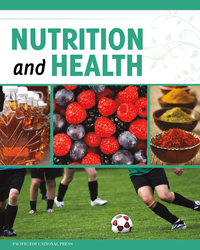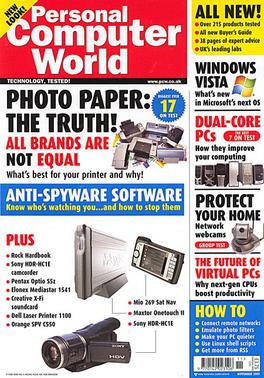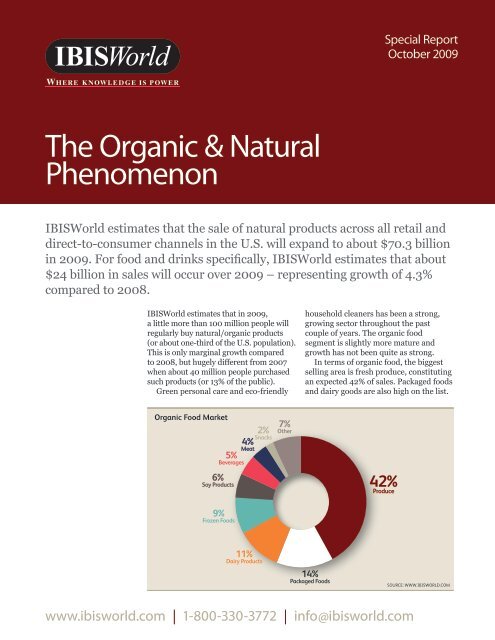Publications can be categorized in many different ways. For example, any type of publication (book, journal article, etc), depending on its author, audience, or how you plan to use the source, could also be considered scholarly or popular, and/or a primary or secondary source. Each type of publication has a unique purpose, type of author, and target audience. As a result, finding a variety of types of publications can often enrich your understanding of a topic.
In some cases, you may be looking for a specific type of information. Different types of sources usually provide different types of information. For example, if you need:
Sometimes, the type of author is the most important criteria for your topic. Certain types of authors generally publish specific types of sources. For example, if you need publications written by:
When the topic emerged can have significant impact on the types of sources that would be available to you. For example, we generally carry newspapers from the 1980s-present. Newspapers from the 1960s, then, are more difficult to find. In addition, publishing certain types of sources can take more time. For example, newspapers usually publish on topics emerging within the last few days or weeks. Scholarly articles usually take at least a year to write and publish. If a topic emerged:
Watch The Information Timeline (2:05) to learn more.
Books are great for full discussions of topics or to orient yourself to a subject area. The library carries both online and hardcopy books. For information regarding borrowing hardcopy books, please see Borrow, Renew, Hold.

Books
The library holds both fiction and non-fiction books. Non-fiction books published by a University Press (example: University of Toronto Press) are considered scholarly. Scholarly books provide comprehensive coverage on the background and implications of a topic, theory, or issue. They are often a synthesis of research and take a long time to write and publish. Sometimes, books may be an edited collection of works from a single author, or multiple authors.

Reference Books
Includes encyclopedias, anthologies, dictionaries, atlases, handbooks, etc. Most reference books provide factual information and concise descriptions of often complex concepts. They are helpful for gaining a better understanding of the history, vocabulary, and related issues for any given topic.

Textbooks
Textbooks are written specifically for students in academic courses. They provide core information on broad subject areas. For most courses at Sheridan, students are expected to purchase their own textbook copies from the Sheridan Bookstore. As a complimentary service, the library offers some hardcopy editions of course textbooks for 3 hour, short term loan periods. Textbooks are often held behind library service desks with other types of required course readings.
Articles are usually found in publications that are published on a regular basis – daily, weekly, bi-weekly, monthly, bi-monthly, quarterly, seasonally, or yearly. Each issue of the publication has multiple articles, each written by a different author. Each article covers a single, narrow topic or argument. Credibility and coverage vary by publication.

Newspaper Articles
Summarize important current events, trends, and issues within a region. Published within a day or two of the event being discussed, they tend to focus on answering Who, Where, What, and How questions, often based on short interviews with individuals or organizations involved in the issue. They may sometimes connect current events with brief historical context. They are usually written for the general public, although some newspapers may be specific to a particular profession or industry. Authors may or may not have subject expertise.
PressReader (download the app to get new issues of your fav publications on your device!)

Magazine Articles (Popular)
Are short discussions of topics of general interest. Usually written for the general public although are often targeted to certain populations (ex. seniors, athletes, children, etc). Authors may or may not have subject expertise.
PressReader (download the app to get new issues of your fav publications on your device!)

Trade Magazine Articles
Summarize current trends and issues in a specific industry or trade. Articles are usually written by professionals and published by associations. Authors usually have some subject expertise.

Scholarly (Peer-reviewed) Journal Articles
Articles are primarily original research reports from universities and other research institutes. Articles are organized by volume and issue. Most scholarly journal articles are peer-reviewed. To double-check if the journal is peer-reviewed, go to the journal’s website and read the About Us section.
Reports are written by non-academic institutions such as government bodies, charitable organizations, think tanks, market research firms, industry experts, etc. and are therefore often considered grey literature. Reports usually bring together data, survey results, or other information and may provide additional analysis of the results. Reports lengths vary widely from 3-200 pages.

Business Reports
Business reports gather information on consumers, industries, companies, and markets and tend to include both qualitative (words) and quantitative (numbers) elements. Summaries of reports may be free and can be found by searching Google and other search engines. However, full business reports are often only discoverable through subscription sources like those in the Sheridan Library database collection.

Government Reports
Government reports may contain research that cover education, health, social, legal, as well as other related topics. While most government documents are freely available online, they can be difficult to locate through Google and other search engines. Most library databases don’t contain government reports, but Sheridan Library’s public policy collection has a diverse selection.
Multi-media can include a variety of resources that enhance your understanding of a topic, or add visual interest to a presentation.

Videos or Audio Recordings
Videos can be a great visual aid when learning about a topic or skill. Whether a feature film or an educational film, the library carries videos in both digital and DVD format. In addition, thousands of videos are available on the web through sites like YouTube. Be cautious when using videos from web sources in assignments or presentations as authors are often difficult to determine and copyright issues can be problematic.
How to Find Moving Pictures (for film studies)
Images
Images (such as photographs, illustrations, diagrams, and infographics, etc.) can add visual impact to your assignments. Like video recordings, thousands of images are available on the web. Be cautious when using images from web sources in assignments since authors are often difficult to determine and copyright and licensing issues can be problematic.

Chat with Us if you have any questions about types of sources.
